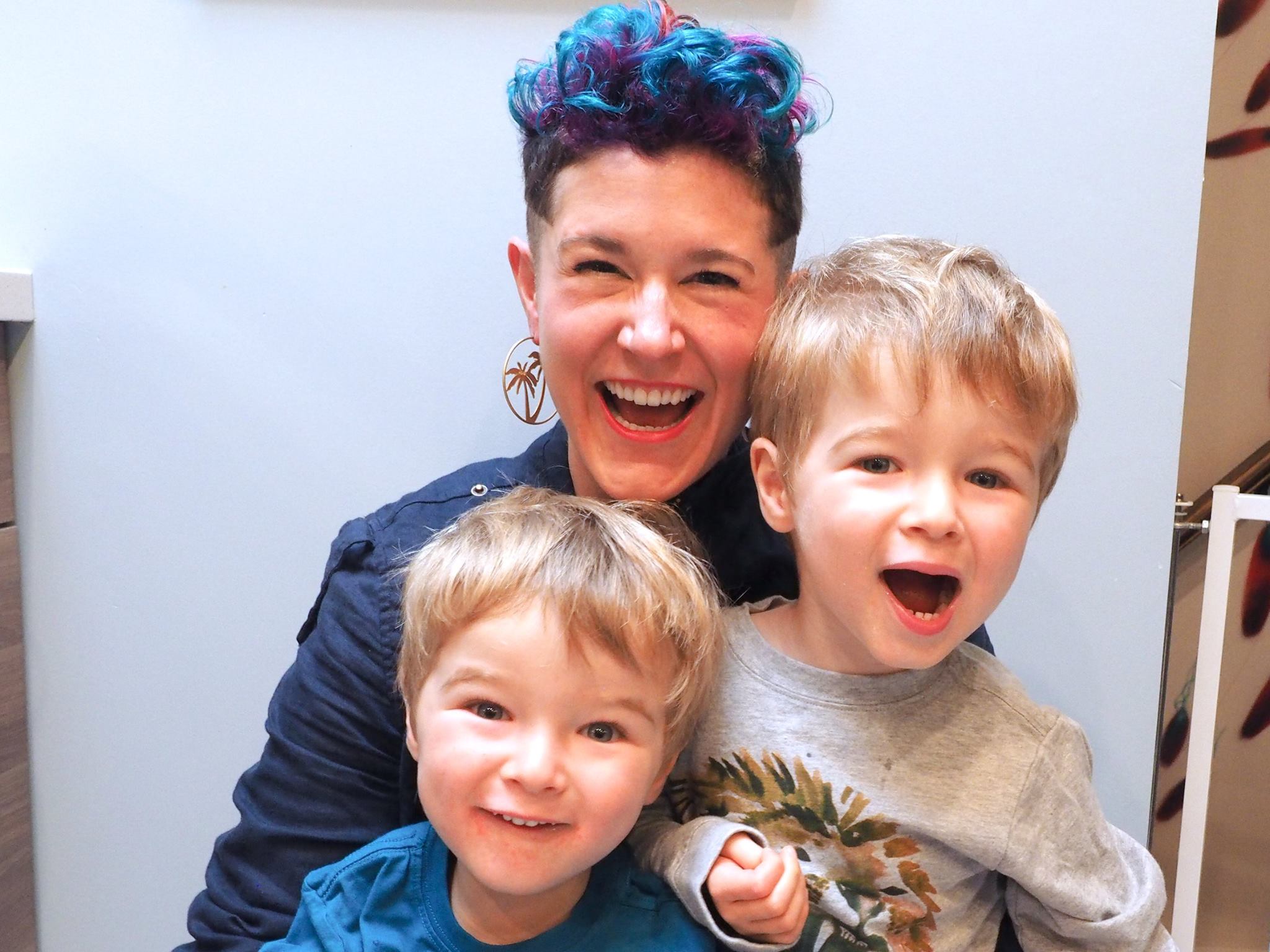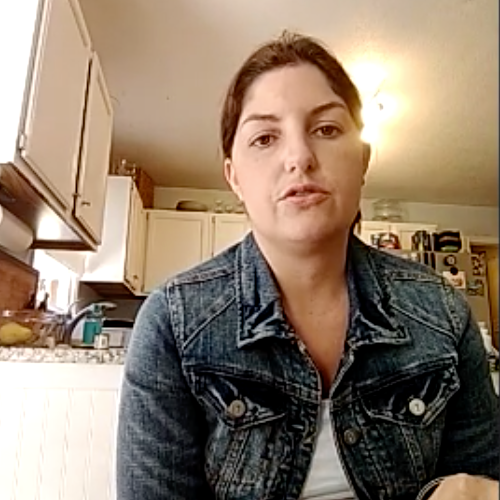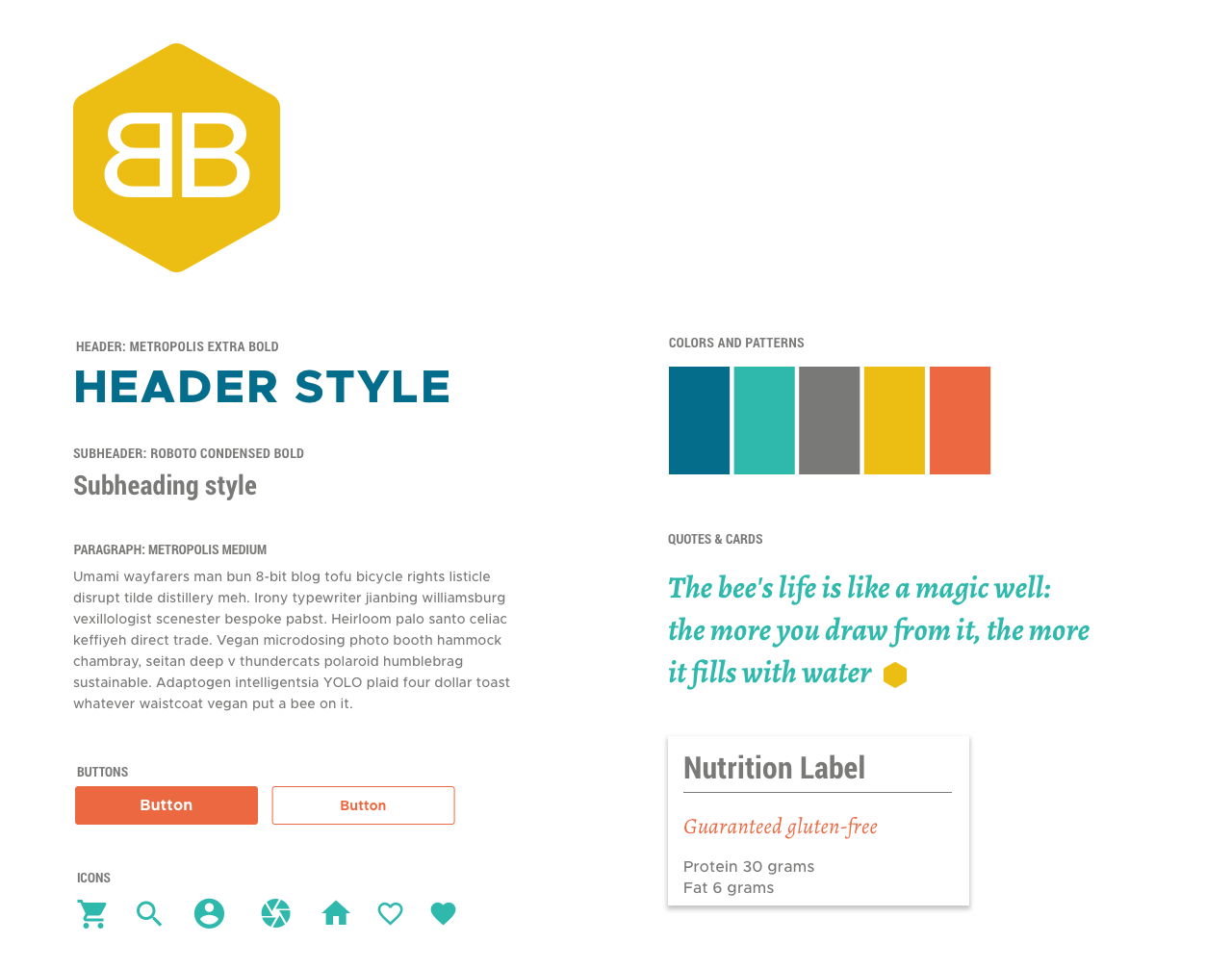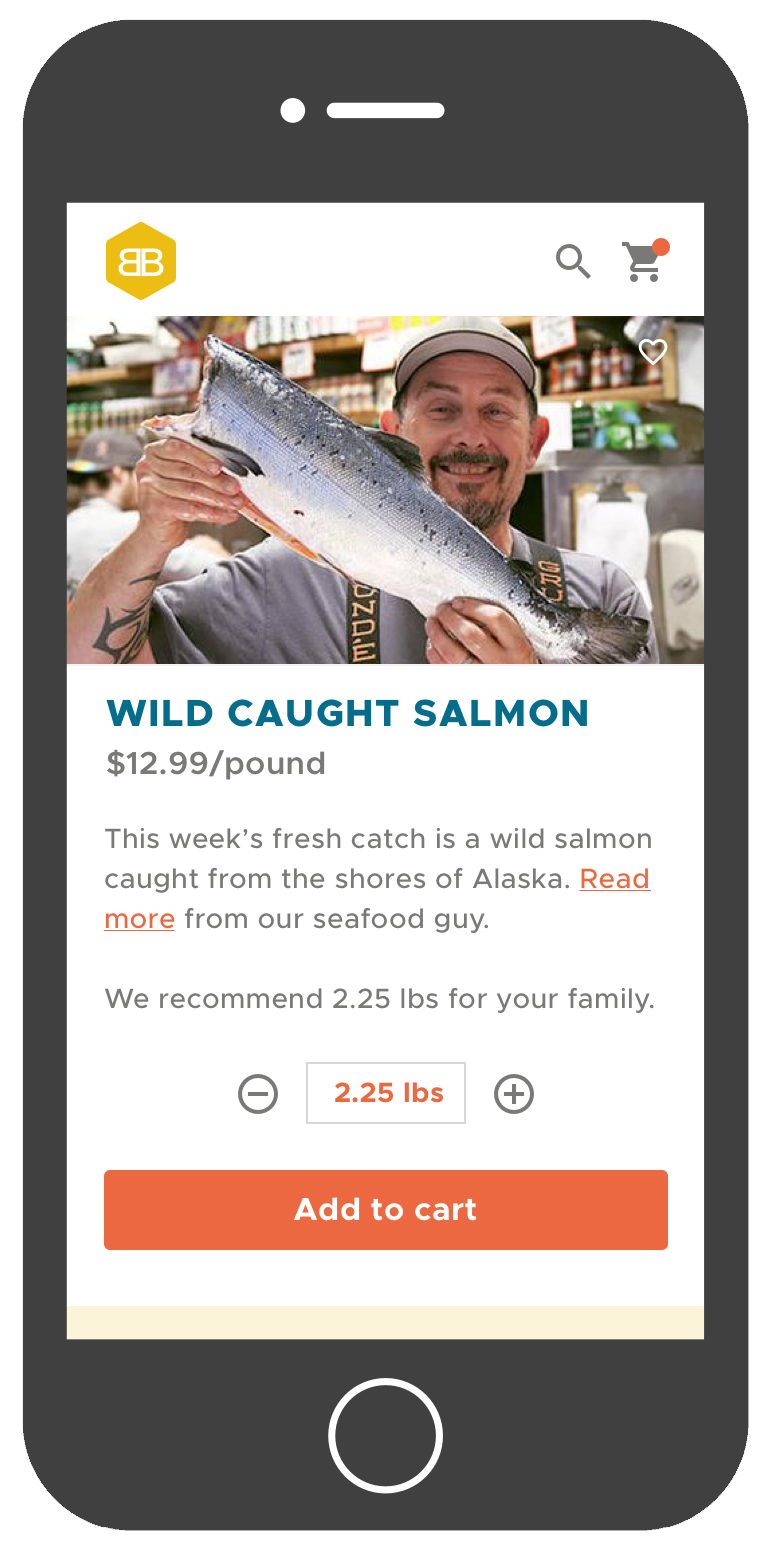Designing a better grocery experience
This work was completed as part of a design challenge submission, to showcase UX practice in a limited scope. No product branding, positioning or strategy was provided. No vegetables were harmed in this process.
The BRIEF
Working longer hours and living in cities with robust transportation systems has led to many people to use grocery delivery services instead of shopping in stores. This challenge is to create an 'add to cart' and 'schedule delivery' feature as part of a startup product geared toward an identified target market.
research
I conducted remote interviews with 4 individuals that self-identified as having used grocery delivery services. I wanted to understand how people in their 30s and 40s with busy family and work lives were managing grocery shopping. I began each interview by asking them where errands and shopping fit into their lives, how their partners do (or don't) help. I wanted to understand what shortcuts they have already established to increase efficiency when shopping.
All of my interviewees used Instacart and some variation on Thrive, Google Express, Amazon Fresh, and others. While they appreciate the utility that these services have brought to their day to day, there were opportunities that emerged to create a more valuable, memorable experience. It's also surprising that as much as grocery lists are repeated week to week, there isn't a more efficient way to re-stock items in a digital cart.
The interview guide, raw notes and synthesis are linked here. Below are some highlights from each of the users I spoke with.
Leah, San Francisco, personal stylist, married, mother to twin sons
Leah uses multiple digital grocery shopping services for planning, price comparisons and purchasing. She does all of the meal planning and shopping for her family, and keeps to a very strict healthy diet. She isn’t looking to be upsold on things that aren’t relevant (she likes not having impulse buys in the digital space), but she appreciates it when a service gets to know her better and helps save her time.
Jason, Chicago, software developer, married, cat dad
Jason is an infrequent digital grocery shopper. He and his wife have established a system that works for them each weekend where they divide and conquer their collaborative list. He actually enjoys meandering around to see what’s new and interesting in the store, but there’s never time or space to make that enjoyable. He also wants to know that the food he's buying was raised responsibly.
Yana, Chicago, product designer, married, mother
Yana uses instacart all the time, but wishes it would learn more of her dietary needs and preferences. She finds it frustrating that she can’t totally trust the items labeled as gluten-free, and the selection feels limited compared to what is actually in the stores. She only uses instacart to re-purchase items she’s vetted in person, because she doesn’t trust the service enough to know how serious her food allergies are.
Amanda, Durham, NC, researcher, married, mother
Amanda is relatively new to instacart but expects to use it more as she heads back into working mom world. She wants to price compare and read nutrition labels more closely than she has time to with her kids in the store with her. She and her husband often work on their grocery list together at 10pm when the kids are in bed. The fee structure at instacart is confusing and annoying to her.
Persona
For this product, we have identified Alex, a mid-career lawyer as our user persona. She is a mother to two, and has a minimum 35 minute commute to and from work each day. It's crowded, it's hot, and her signal dips in and out. She often uses this commute time to meal plan and grocery shop; she doesn't love doing this, but it usually seems to fall to her and eating in is important now that they're stretching the budget to cover two kids. How can we make her experience more efficient? What can we do to make grocery shopping embed more easily into her life so that she can reclaim that time for herself?
Product goals and strategy
BusyBee is an online grocery startup that wants to acquire market share and make money. They are interested in leveraging smart technology such as mobile devices and smart refrigerators to build a more efficient grocery buying process.
User research insights have revealed that there is opportunity for a product to focus on a more personalized, memorable experience.
BusyBee should prioritize creating a digital grocery experience that feels more like a personal assistant, nurturing relationships between customers and shoppers and incentivizing customers to share more about their lifestyle to help their shopper make the right choices. BusyBee should empower the shoppers to tell a richer, more memorable story about what they see in the stores. (Just not the parking lot!) BusyBee should embody trustworthiness and an investment in their customers.
We will measure early success by user signups, and monthly active usage. As we experiment with new touchpoints, we will define engagement funnels and conversions from smart device usage to completing sales.
early UX explorations
Style tile
Because BusyBee is still undergoing a branding process I am providing a style document to inform UI direction.
Sample APP UI
You can view the sample UI via invision.












